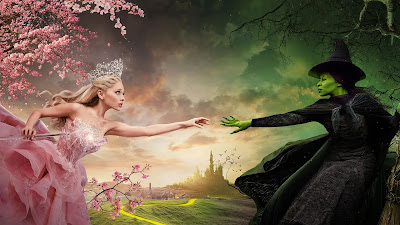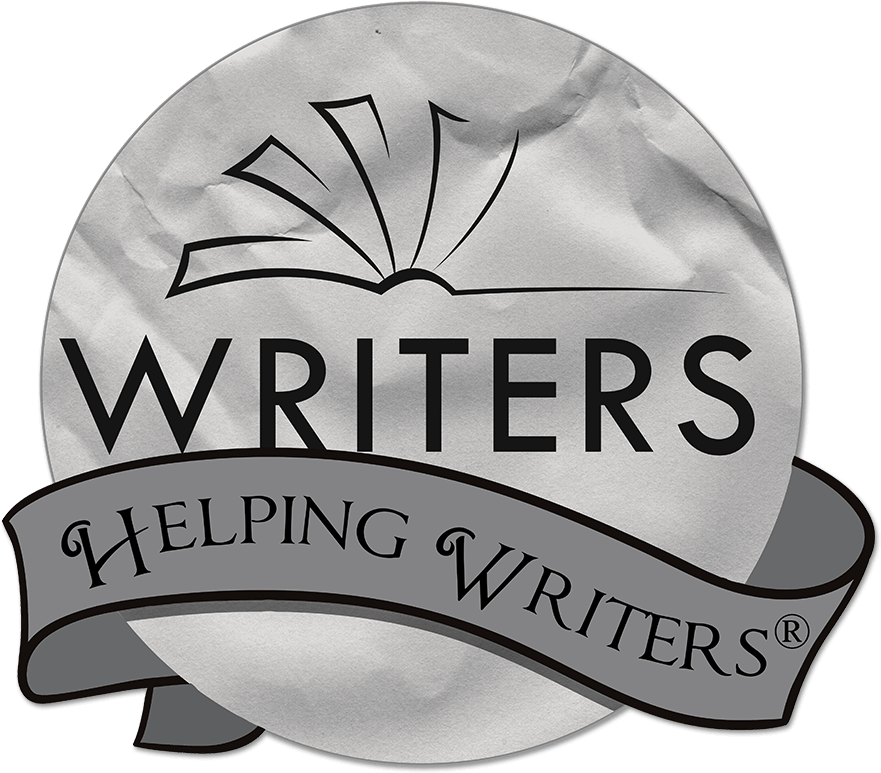As I've talked about several times on here, most stories are made up of three different dominating plotlines, and most commonly, they are these:
External--this is the character's outer journey. The character has a concrete goal, encounters an external antagonist, and struggles with the conflict to get the goal.
Internal--this is the character's inner journey. The character has an abstract want, and in pursuing that, completes a character arc. The antagonist is the self.
Relationship--this is a relationship journey. The character either aims to draw close to or increase distance from another person (or maintain the relationship as is). The antagonistic force is what is upsetting that. How it is resolved completes a relationship arc.
In the writing community (specifically in screenwriting), typically the external and internal weave together to make up what people call the "A Story." The A Story is seen as the primary plot.
The B Story is the secondary plot. It's most commonly a relationship. In fact, it's so commonly a relationship, that the term often gets used to mean a relationship plot, but in reality, not all B Stories are relationship stories.
Like the B Story, I have some qualms about the term "A Story," since not every book and film has an internal plotline.
And as this post suggests, in reality, the A Story isn't always the external plotline either. Yes, it almost always is, but not always.
Sometimes the relationship plotline is the A Story.
Sometimes the relationship arc is the primary plot.
This is obviously true in the romance genre. People consume that genre, because they want to see how the relationship arcs. They care more about that than the internal journey, or the external journey. The relationship journey is the main plot.
But romance isn't the only genre that gets to place the relationship as the A Story. Sure, there are subgenres, like paranormal romance or romantic fantasy, but you can also find these plots in straight-up fantasy, science fiction, mystery, drama, and most (though not all) other genres. And the relationship need not be a romantic one. It can be any kind of relationship--one between best friends, mentor and mentee, or even rivals or enemies. It doesn't have to be a "love" story. The relationship doesn't even have to be positive.
When you make a relationship plot the A Story, what this means is that it gets the most focus. It gets the lion's share of the scenes. And often the other plotlines feed into, support, or contrast it, in a way that further highlights the relationship.
A question I have occasionally been asked is, what is the B Story if the A Story is a relationship?
Because "B Story" frequently gets used to refer to "relationship plot," often people wonder if their B Story needs to be another relationship plot.
And the fact that I argue that most successful stories have three dominating plotline types also adds to the confusion. How and where do the external and internal plotlines fit? Or any others? If the relationship is the A Story? Do you need the other types?
The short answer is that, yes, you will usually still have external and internal plotlines. These usually weave to make up the secondary plot, the B Story. They still exist, but they get less emphasis. We flip the positions of the typical A Story and B Story plotlines.
And while you don't have to have an additional relationship plot, most of these narrative arcs will have a second one, it's just even less important than these other three plotlines.
And of course, there may be other plotlines too, like a societal plotline.
But typically in these narratives, the three dominating plotlines are still relationship, external, and internal, it's just that the relationship gets centre stage.
Let's look at some examples to illustrate.
I'm going to start with something simplistic, first.
Example 1: The Hallmark "Formula"
When you watch a typical Hallmark movie, the A Story is the relationship plot. It's about the protagonist falling in love with a hunky guy.
The external and internal plotlines still exist though.
Often the external plotline relates to the protagonist's job, or at least a task she needs to complete.
The internal plotline is what she learns and how she grows, during the experience of the story.
But both of these plotlines are usually used to bolster or highlight the relationship arc.
Often the protagonist eventually abandons or changes her concrete goal (the external plot), because she chooses to prioritize the new relationship over it. And almost always the reason she arcs the way she does (internal plot), is because the relationship revealed how she needed to change.
Usually, there is an additional relationship plot going on, but to a smaller degree, like maybe between the protagonist and her love interest's kid, or the kid and a grandparent, but this gets even less attention.
If we want to just fill things out even more, it's common for there to be a societal plotline as well, perhaps about some holiday tradition the town hosts or a beloved store about to go out of business.
So we see how the Hallmark "formula" still hits these plotlines, while propping up the relationship as the A Story.
Of course, though, not all of us want to write the equivalent of a Hallmark movie, and some of us don't want to write about romantic relationships that end happily ever after.
So let's look at another, more complex example.
Example 2: Wicked
At the end of last year, the film adaptation of Wicked (Part I) came out.
This is not a romance story, but the relationship plotline is the primary plot, the A Story.
I mean, what do most people think about when they think about Wicked? Elphaba and Glinda's relationship arc. This is an enemies-to-best-friends story . . . sort of . . . well, it has some complexity/caveats.
When you watch the film, most of the story, most of the scenes, are focused on Elphaba and Glinda.
This doesn't mean the internal and external journeys don't exist--they absolutely do. But again, they get less time and attention.
Elphaba wants to fit in (physically) with others, so she can avoid being othered and bullied, and she plans to do this by seeing the wizard and having him change her appearance. Internal want, external goal.
We also have an additional relationship plotline going on, a love triangle between Glinda, Fiyero, and Elphaba.
And there is a societal plotline too, which is that the animals are losing their ability to talk and are being marginalized. This influences Elphaba personally (after all, she knows what it's like to be pushed to the sidelines), changing her external objective so that she wants to ask the wizard to help the animals.
These are all important things.
But they get little screen time compared to Elphaba and Glinda's relationship.
And I would even argue that many of these things are used to highlight the characters in that relationship.
For example, at first listen, "Defying Gravity" seems like an anthem about Elphaba coming into her own to take a stand for those on the sidelines, and in some sense, it is. But when you really look at the song, Elphaba and Glinda's relationship still gets most of the attention. The song (and situation) is again showcasing how these characters contrast each other, and where their relationship stands because of (or in spite of) it. At first, they are angry and telling each other off, then they arc into mutual respect. They move from irony and sarcasm, to sincerity.
Sure, Elphaba chooses to risk their relationship to pursue her new goal, but the story is still largely highlighting the relationship, even if the characters move physically apart.
This is an ending that is more complex. It nonetheless is still an example of a narrative where the A Story is a relationship, and the B Story becomes the external and internal journeys.
Example 3: The Prestige
I've referred to the film The Prestige multiple times on here when talking about relationships, because it's one of the few well-known films where the A Story is a relationship plotline, and that relationship is a negative one.
It's about two magicians who are trying to sabotage and destroy each other.
That is the primary plot of the film.
Does the protagonist have an internal and external journey? Yes. But it is this relationship that gets centre stage. In fact, in this example, it's the relationship that informs the other two. The protagonist's external goal is to outdo another's magical performance. His internal journey is about how he refuses to forgive, change, and move on from all the ill feelings he has toward his enemy. It's about how his thirst for revenge damns his personal progression as a human being.
The film is primarily about a relationship.
So, in conclusion, when the A Story is a relationship plot, then typically the B Story will be the external and internal journeys.

























hi
ReplyDeletehi
ReplyDelete